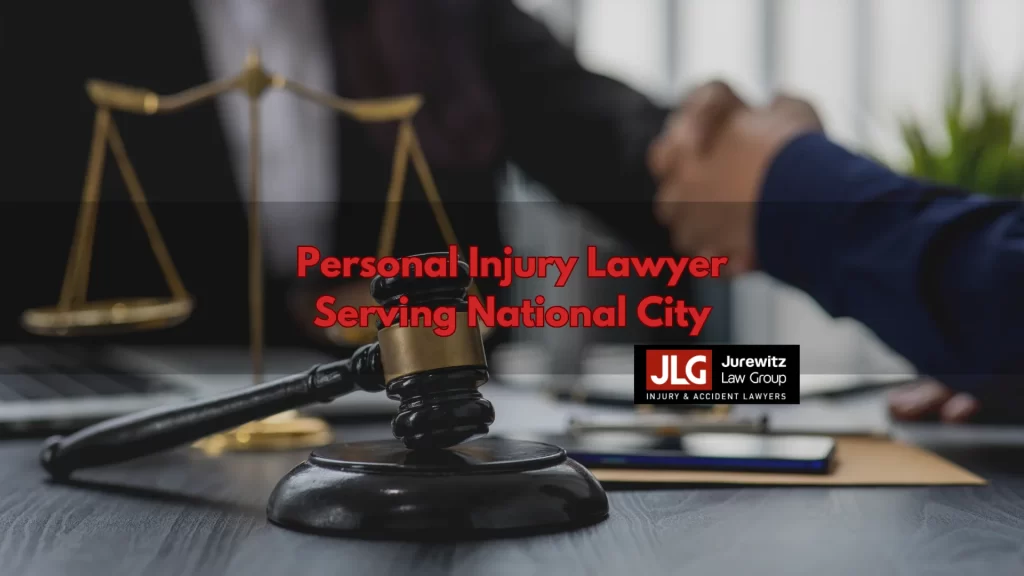
Navigating a personal injury claim can be overwhelming, especially after experiencing a traumatic event that affects your health, finances, and peace of mind. For residents in Tampa, contacting a law firm to handle a personal injury case may feel like entering unfamiliar territory filled with legal jargon, paperwork, and uncertainty. Knowing what to expect from the first step can ease some stress and make the process more manageable.
We will explore the important stages of a personal injury claim when working with a personal injury lawyer Tampa residents can turn to, such as Jurewitz Law Group, breaking down the experience into clear, understandable parts. From the initial consultation to the final resolution of the claim, each phase carries specific responsibilities for the client and the legal team. Understanding these elements beforehand allows claimants to approach the process confidently and clearly, prepared to protect their rights and move toward recovery.
From First Call to Final Resolution: A Step-by-Step Injury Claim Journey
The first step usually begins with a consultation when contacting a personal injury law firm. This is not just a routine conversation—it’s the foundation of everything that will follow. During this stage, the client summarizes their injury, how it happened, and the damages incurred. The firm uses this information to determine whether the case is viable. Clients should expect to answer detailed questions about the incident, including the time, location, and parties involved. Being honest and thorough is essential, as this information helps build the initial legal strategy. The firm may also ask for medical records, police reports, or photographs related to the injury. At this point, the potential client should ask their questions about what to expect during the claim process, who will handle their case, and what kind of compensation might be pursued. This consultation typically comes at no charge and gives both sides a clear understanding of what working together will involve.
Once the case is accepted, the law firm will begin an investigation. This phase is about gathering evidence, verifying facts, and constructing a timeline of events. Clients can expect their legal team to request medical records, insurance documentation, and employment information to establish lost wages. Witnesses may be contacted, and surveillance footage or other physical evidence may be collected. A client’s role is to remain responsive and quickly provide requested documentation. This helps the legal team stay on schedule and ensures no crucial detail is missed. This is also when the legal team may begin assessing liability, determining who is legally responsible for the injury. In car accidents, slip and falls, or workplace injuries, fault must be proven before compensation is possible. A clear understanding of liability shapes how the claim is pursued and helps establish negotiating power during future settlement discussions.
After evidence has been gathered, the next step is drafting and sending a demand letter to the responsible party or their insurance company. This letter outlines the incident, details the injuries sustained, and presents a calculated amount of compensation sought for medical expenses, pain and suffering, lost wages, and other damages. Crafting this letter takes time and care, and clients are typically not involved in its composition but are kept informed of its contents and purpose. Once the opposing party receives the letter, negotiations may begin. Insurance adjusters will evaluate the demand and respond with a counteroffer, a denial, or a request for more information. This back-and-forth can take weeks or even months, depending on the case’s complexity and the other side’s willingness to settle. Throughout this stage, communication remains key. Clients should be prepared for periodic updates, phone calls, and discussions about whether to accept a settlement offer or pursue litigation.
In cases where a settlement cannot be reached through negotiation, the next phase involves filing a formal lawsuit. This step doesn’t necessarily mean the case will go to trial—it simply initiates the litigation process. From this point forward, there are several structured stages: discovery, where both sides exchange information and evidence; depositions, where witnesses and involved parties provide recorded testimony under oath; and motions, where attorneys may request certain rulings or dismissals from the judge. The discovery process is especially detailed and overwhelming, but the legal team guides the client through every step, explaining what is needed and how to respond. Clients may be asked to give a deposition or submit to an independent medical examination. Patience is critical during this phase, as litigation can take a year or more, depending on the court’s schedule and the case’s complexity. Legal teams often prepare clients thoroughly, so there are no surprises during the proceedings.
Clients should be prepared for a structured and formal setting if the case proceeds to trial. A jury or judge will hear evidence from both sides, and the outcome will be based on the facts presented. This is the most public stage of the process and requires careful preparation. Clients may be asked to testify, attend court dates, and participate in legal strategy discussions. A strong legal team helps make this transition manageable by offering support, rehearsal, and full transparency. The trial ends with a verdict, which may award damages or deny the claim altogether.
Contacting a law firm for a personal injury claim in Tampa doesn’t have to be daunting if you understand the process. From the initial consultation and investigation to negotiations, litigation, and resolution, each step is structured to support the injured party’s journey toward recovery and compensation. We have explored what claimants can expect when contacting a firm like Jurewitz Law Group, ensuring that expectations align with the realities of legal proceedings. While the process may be time-consuming, it is designed to secure a fair and meaningful outcome. Being informed, responsive, and communicative helps foster a strong client-attorney relationship and contributes to a more successful resolution. The legal road after an injury can be long, but with the right guidance, it becomes a journey marked by clarity, accountability, and eventual closure.